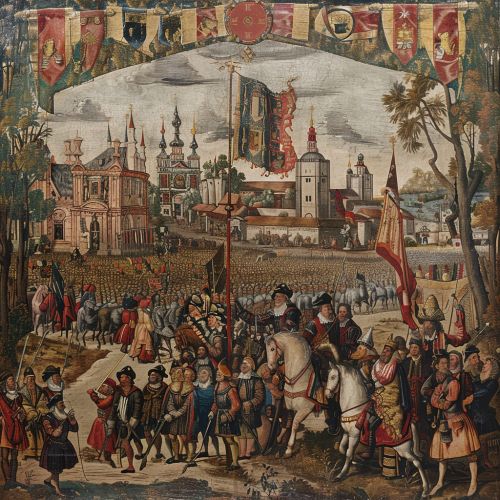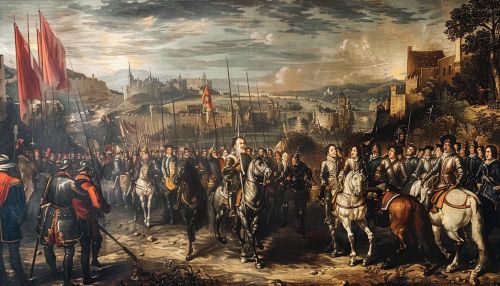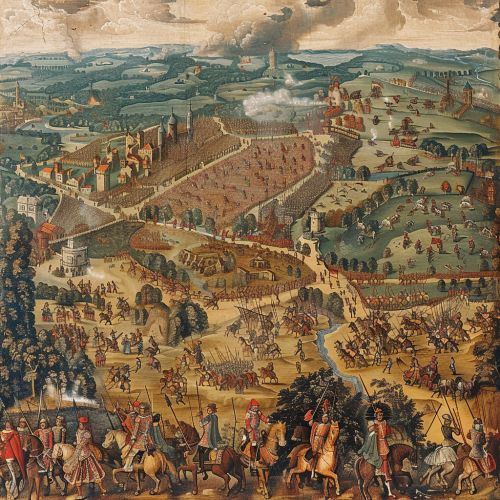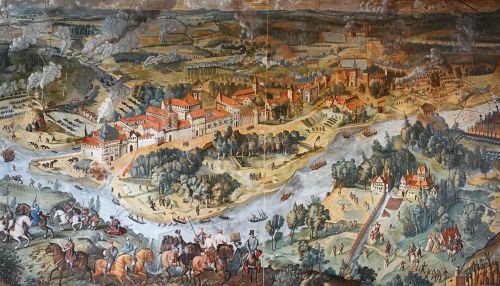Thirty Years' War
Origins and Causes
The Thirty Years' War was a series of wars in Central Europe between 1618 and 1648. It was one of the longest and most destructive conflicts in European history, resulting in eight million casualties. Initially a war between various Protestant and Catholic states in the fragmented Holy Roman Empire, it gradually developed into a more general conflict involving most of the great powers of Europe, becoming less about religion and more a continuation of the France–Habsburg rivalry for European political pre-eminence.


The war began when the newly elected Holy Roman Emperor, Ferdinand II, tried to impose religious uniformity on his domains, forcing Roman Catholicism on its peoples. The northern Protestant states, angered by the violation of their rights to choose that had been granted in the Peace of Augsburg, banded together to form the Protestant Union.
Course of the War
The war can be divided into four phases: the Bohemian Revolt, the Danish intervention, the Swedish intervention, and the French intervention.
The Bohemian Revolt
The first phase of the war was characterized by the Bohemian revolt against Ferdinand II, who had been elected King of Bohemia in 1617. The revolt was crushed at the Battle of White Mountain in 1620, and a series of outlawries and executions followed.
Danish Intervention
The second phase of the war began in 1625, when Christian IV of Denmark intervened in the conflict. Despite initial successes, the Danish forces were defeated by the Catholic League's forces led by Albrecht von Wallenstein at the battles of Dessau Bridge and Lutter.
Swedish Intervention
The third phase of the war saw Sweden, led by King Gustavus Adolphus, enter the war in 1630. Gustavus Adolphus was killed in 1632 at the Battle of Lützen, but his forces won the battle and continued the war effort.
French Intervention
The final phase of the war began in 1635 when France, seeking to curb Habsburg power, entered the war on the side of the Protestants. Despite a series of military successes by the Habsburgs, the war was ended by the treaties of Peace of Westphalia in 1648.


Consequences and Impact
The war resulted in significant changes in the balance of power in Europe. The Peace of Westphalia resulted in the recognition of the sovereignty of Switzerland and the Netherlands. The war also resulted in increased autonomy for the constituent states of the Holy Roman Empire and a decline in the power of the Habsburgs. The war had a devastating impact on the German population, with significant loss of life and economic disruption.
